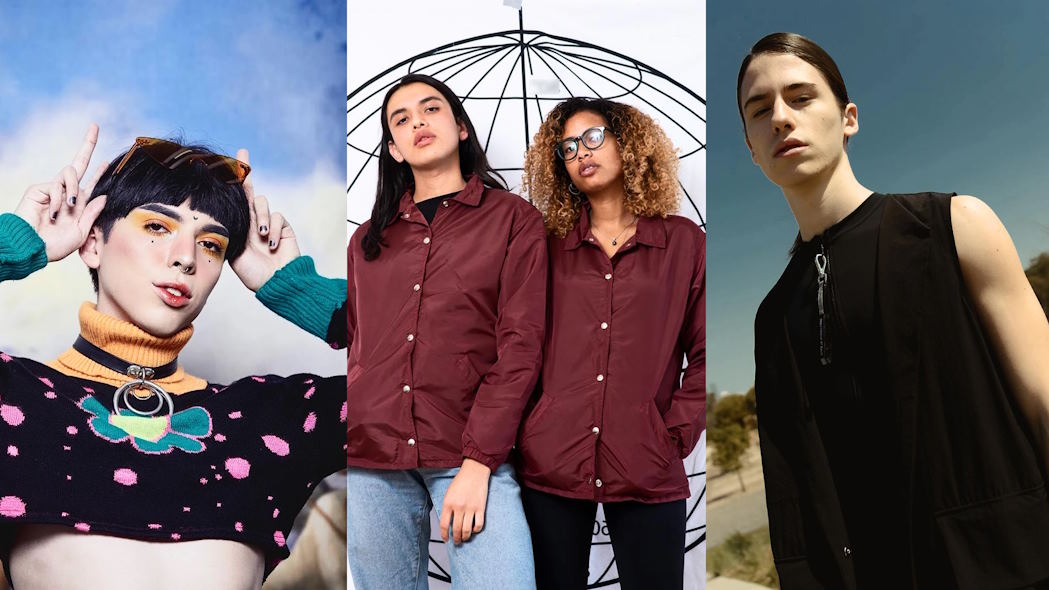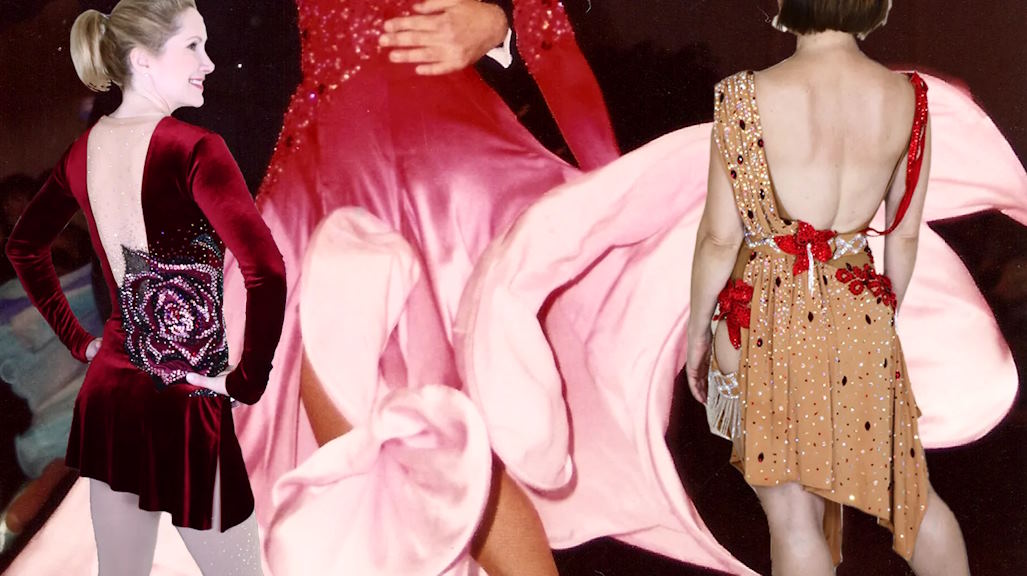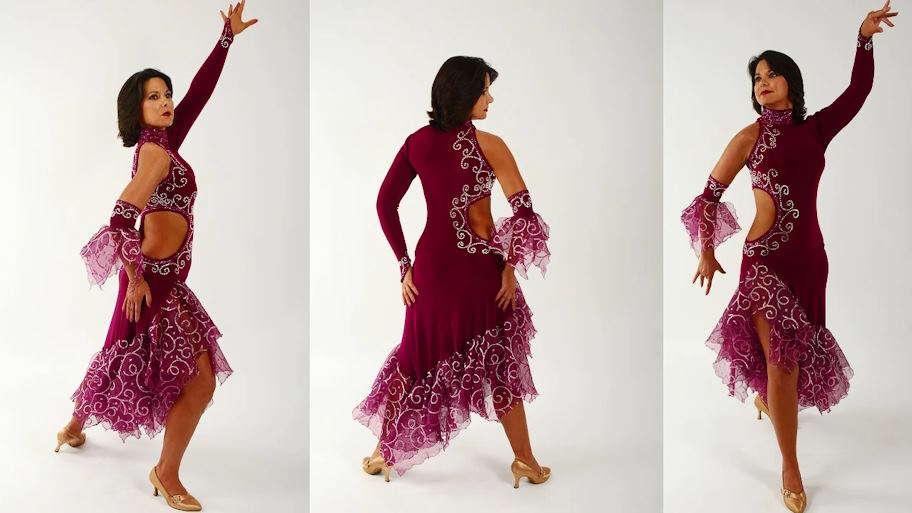For too long, fashion has adhered to the binary constructs of masculine and feminine, dictating how individuals should express themselves through clothing. However, as boundaries blur and gender diversity becomes more recognized and celebrated, a new era of fashion is emerging. With historical context, influential figures, and a commitment to inclusivity by the fashion industry, we’re witnessing the birth of a movement that champions freedom of expression, authenticity, and a departure from the constraints of the gender binary.
Evolution of Gender-Neutral Fashion
Unisex clothing trends emerged in the 20th century, making way for gender-neutral fashion. Icons like Katharine Hepburn popularized pants for women, contributing to a more androgynous style. High fashion designers, such as Yves Saint Laurent, further blurred the lines by introducing gender-neutral pieces. These efforts have paved the way for the modern gender-neutral fashion movement.
Non-Binary Fashion and Its Influence
Non-binary fashion, often associated with genderqueer and genderfluid identities, challenges the gender binary. It emphasizes freedom of expression and self-identity, allowing individuals to embrace styles that resonate with their true selves. Non-binary fashion empowers people to break free from societal constraints and explore a spectrum of possibilities.
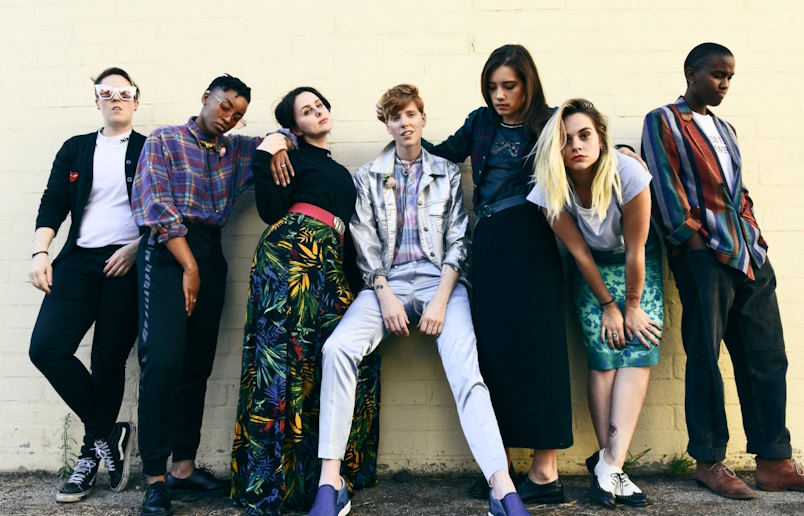
The Role of Celebrities and Influencers
Celebrities and social media influencers play a pivotal role in promoting gender-neutral and non-binary fashion. Icons like Jaden Smith, Laverne Cox, and Billy Porter have used their platforms to advocate for greater inclusivity. Social media platforms provide a space for individuals to showcase their unique styles and encourage others to do the same. Collaborations between celebrities and fashion brands have also contributed to the mainstream adoption of this trend.
Fashion Industry Response
Many major fashion brands have recognized the importance of gender diversity and have made commitments to inclusivity. Some have introduced gender-neutral and non-binary collections, acknowledging the need for clothing that transcends traditional gender boundaries. Despite challenges and controversies, the fashion industry is gradually adapting to this shift in consumer demand.
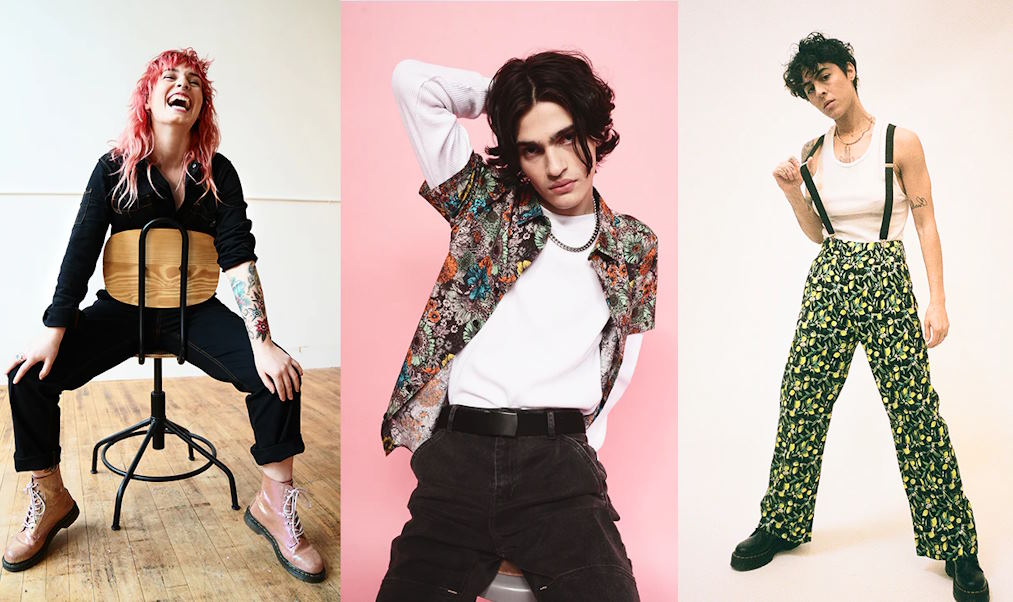
Cultural and Societal Implications
Gender-neutral and non-binary fashion is not just about clothing; it has far-reaching cultural and societal implications. By challenging traditional gender roles, this movement promotes diversity and inclusion. It allows individuals to express themselves authentically and can positively impact self-esteem and mental well-being.
Challenges and Controversies
While gender-neutral and non-binary fashion is gaining traction, it’s not without its challenges. Backlash and criticism still exist, and debates over cultural appropriation and sensitivity persist. To ensure a more inclusive future, the fashion industry needs to prioritize intersectional inclusivity, considering the experiences of marginalized communities.
The Future of Gender-Neutral and Non-Binary Fashion
As we move forward, the future of gender-neutral and non-binary fashion looks promising. This trend is likely to continue its growth, impacting the wider fashion industry by prompting changes in advertising, sizing, and marketing. Consumer demand, especially from the younger generation, will play a pivotal role in shaping the industry’s direction.

